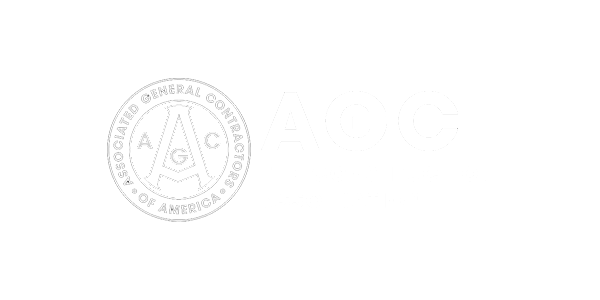Despite a reported 91% medium or high level of improvement in productivity, only 27% of general contractors have moved to automate their pay app process through software technology. This indicates a growing need among GCs towards needing to adopt software automation tools to replace manual processes. With this shift in mind, it is essential for GCs to understand the key features to look for in subcontractor management software based on the findings of our latest market study done in conjunction with Dodge Construction Network. This article explores the critical features, their benefits, and the overall advantages of integrating technology into subcontractor management.
6 key features required in subcontractor management software:
Automation of workflows and approvals
Creating/Exchanging Lien Waivers
Managing Required Compliance Documentation
Electronic Payment
Reporting/Dashboards
Integration with current accounting ERP
Automation of Workflows and Approvals
Software solutions for subcontractor management offer built-in automation capabilities, allowing GCs to customize workflows according to their specific needs. With automated notifications, subcontractors are promptly informed about the required documents for contract or pay app submissions.
Without this feature, managing workflows and securing approvals could become long, complex, and prone to human error. It would require a lot of manual work and constant monitoring to ensure no step is missed or delayed. Mistakes in this process can lead to substantial delays and cost overruns.
The benefits of using such a feature include:
Eliminating subcontractor calculation mistakes: By automating the approval process and ensuring standardized calculations, the software helps eliminate errors in subcontractor payments, promoting accuracy and fairness.
Timely submission of payment applications: The software streamlines the process of submitting payment applications, encouraging subcontractors to submit them on time. This helps maintain efficient cash flow and prevents delays in payment processing.
Reducing data entry: The software integrates seamlessly with existing accounting ERP systems, allowing for the direct import of job details contracts, and change orders. This eliminates the need for manual data entry, saving time and reducing the risk of errors.
Additionally, the software can notify when existing documentation has expired and needs updating. Automation significantly reduces the time spent on tracking down documents, saving general contractors and subcontractors up to 70% of their time.
Creating/Exchanging Lien Waivers
An important aspect of subcontractor management is the exchange of lien waivers and this is an absolute non-negotiable feature any subcontractor management software needs.
Manually creating and exchanging lien waivers is a time-consuming process and can increase the likelihood of errors, disputes and legal issues. It also increases the burden of administration, communication, and coordination.
Software tools simplify this process by providing standardized templates and enabling electronic exchange, saving time and reducing errors. GCs can easily generate and distribute lien waivers to subcontractors, ensuring compliance with legal requirements and streamlining the documentation process. Some of the main ways software helps automate lien waiver management include:
Verifying signed waivers within pay app before approving
Creating custom lien waivers
Guaranteeing receipt of waivers with each applicable pay app
Managing state requirements
View audit trail on waivers
Automatic notification to sub when waiver is required
Release unconditional immediately upon receipt of payment
An additional benefit of software is that notarization can be easily completed by subcontractors if a general contractor or owner requires it for a given project. Without having to distribute, collect, and validate, now general contractors can quickly expedite the lien waiver management function.
Managing Required Compliance Documentation
Compliance documentation as a feature is critical for subcontractor management. If this isn’t managed properly or is done manually, it can lead to significant liability risks. It’s critical to ensure all documentation is up to date and compliant with regulations to avoid penalties, legal issues, or consequences to the reputation of the business.
Software solutions allow GCs to centralize and manage all construction compliance documents, such as insurance certificates, licenses, and permits. By digitizing and organizing these documents, both GCs and subcontractors can easily access and update necessary information, ensuring regulatory compliance and mitigating potential risks.
One of the key features of any subcontractor management software should be automatic notifications to subcontractors on what documents are required with either contract or pay app submissions, and when existing documentation has expired and needs updating. The obvious time savings is huge for a general contractor since the lengthy man hours of tracking these documents down from subcontractors virtually disappear.
It probably goes without saying, but a software solution should save or store all documentation in the cloud as opposed to locally. General contractors don’t need these large files to slow down their own technology performance.
Electronic Payment to Subcontractors
Efficient payment management is essential in subcontractor management software and as such is a key feature that should exist in any software solution. Traditional payment methods are less efficient, more time-consuming, and may incur additional costs (postage, cheque handling). They also lack immediate transparency or tracking of payment status. Delayed payments can strain relationships with subcontractors and disrupt work on a project.
GC’s spend over 20 hours each month just managing payments, this is an area where time savings can be extra helpful. Also, when you manage payments for your subcontractors internally and hold their personal bank data in your system, you take on the risk of a data breach that can lead to fraud. In fact, in 2021, lost business opportunities represented the largest share of data breach costs.
If all other components are automated, then a general contractor should also be able to manage and automate ACH or wire payments as well. Letting subcontractor management software facilitate payments will save money but also eliminate the risk and exposure to potential data breaches which a general contractor will be liable for damages.
Additional benefits of ePayment include:
No need to collect, validate and store subcontractor bank information
No more worries about liability of data breach
No more time and effort collecting unconditional lien waivers
No more need for the costly and time-consuming paper check process
The relationship with subcontractors will actually strengthen with ePayment due to the numerous benefits to subs as well. These sub benefits include:
Their signed unconditional is safely held in escrow until funds are received in full
Reporting allows subs to check the status of any payment at any given time
Time between pay app submission and payment received is greatly reduced
Eliminate the need to deposit paper checks as additional step
Reporting/Dashboards
Custom dashboards in subcontractor management software provide general contractors with a powerful tool to optimize their processes and ensure timely payments to subcontractors. Without these, contractors lack the ability to track progress in real-time or easily understand the state of their projects. Important analytics and metrics might be missed, and making strategic decisions based on accurate data becomes a challenge.
The inclusion of real-time reporting and dashboard visibility enables general contractors to quickly identify errors and pending approvals, resulting in an expedited subcontractor management workflow. By utilizing custom dashboards, general contractors can gain valuable insights into project-level data, SOV or contract level data, and pay app data. These comprehensive insights contribute to efficient subcontractor management by reducing errors, streamlining processes, and ultimately ensuring prompt payments to subcontractors.
Let’s explore some of the key benefits and features that custom dashboards offer and their significance in subcontractor management:
Improved Efficiency: The real-time reporting and dashboard features of the software provide general contractors with instant access to vital information, allowing them to take timely actions and make well-informed decisions. This level of efficiency helps avoid delays and promotes a smoother subcontractor management process.
Enhanced Visibility: Custom dashboards enable general contractors to have a clear overview of the approval process of pay applications. They can easily track the status of various submissions, identify errors, and view pending approvals. This visibility enables proactive management and expedites the resolution of any issues that may arise.
Comprehensive Insights: The ability to view project-level data, SOV or contract level data, and pay app data through custom dashboards provides a holistic view of subcontractor management. General contractors can analyze trends, identify areas for improvement, and optimize their processes accordingly. This comprehensive insight ensures effective decision-making and fosters overall project success.
By leveraging the benefits of custom dashboards, general contractors can effectively streamline their subcontractor management, reduce errors, and ensure prompt payments to subcontractors. The powerful reporting and dashboard functionalities of the software enable quick and informed actions, contributing to efficient project execution and successful outcomes.
ERP Integration
The previously mentioned benefits of subcontractor management software are undoubtedly helpful, but an even stronger benefit would be if all the features could easily sync with existing accounting ERPs. Without seamless integration, general contractors would have to manually input data into multiple systems, increasing the risk of errors and duplications. This creates inefficiencies and increases the time spent on administrative duties.
Now with your ERP and subcontractor management systems integrated, accounting teams can eliminate double entry and have all new data mapped to their “source of truth” or general ledger software, their ERP. Without having to work in two different programs that are mutually exclusive, users can maintain their daily routine and know that new data is being mapped back and forth.
Conclusion
In summary, without these six features built into any subcontractor management system (or worse done manually), general contractors may face significant inefficiencies, greater risk of errors, compliance issues, delays in payments, and lack of visibility and control over their project and financial management.
By leveraging features such as workflow automation, lien waiver management, compliance documentation centralization, electronic payments, reporting, and integration with existing accounting ERP systems, GCs can efficiency, save time, reduce errors, and enhance collaboration and communication with subcontractors.
To learn more about what general contractors are exploring as a way to incorporate technology into their subcontractor management, read the Dodge Construction Network Market Study here.








